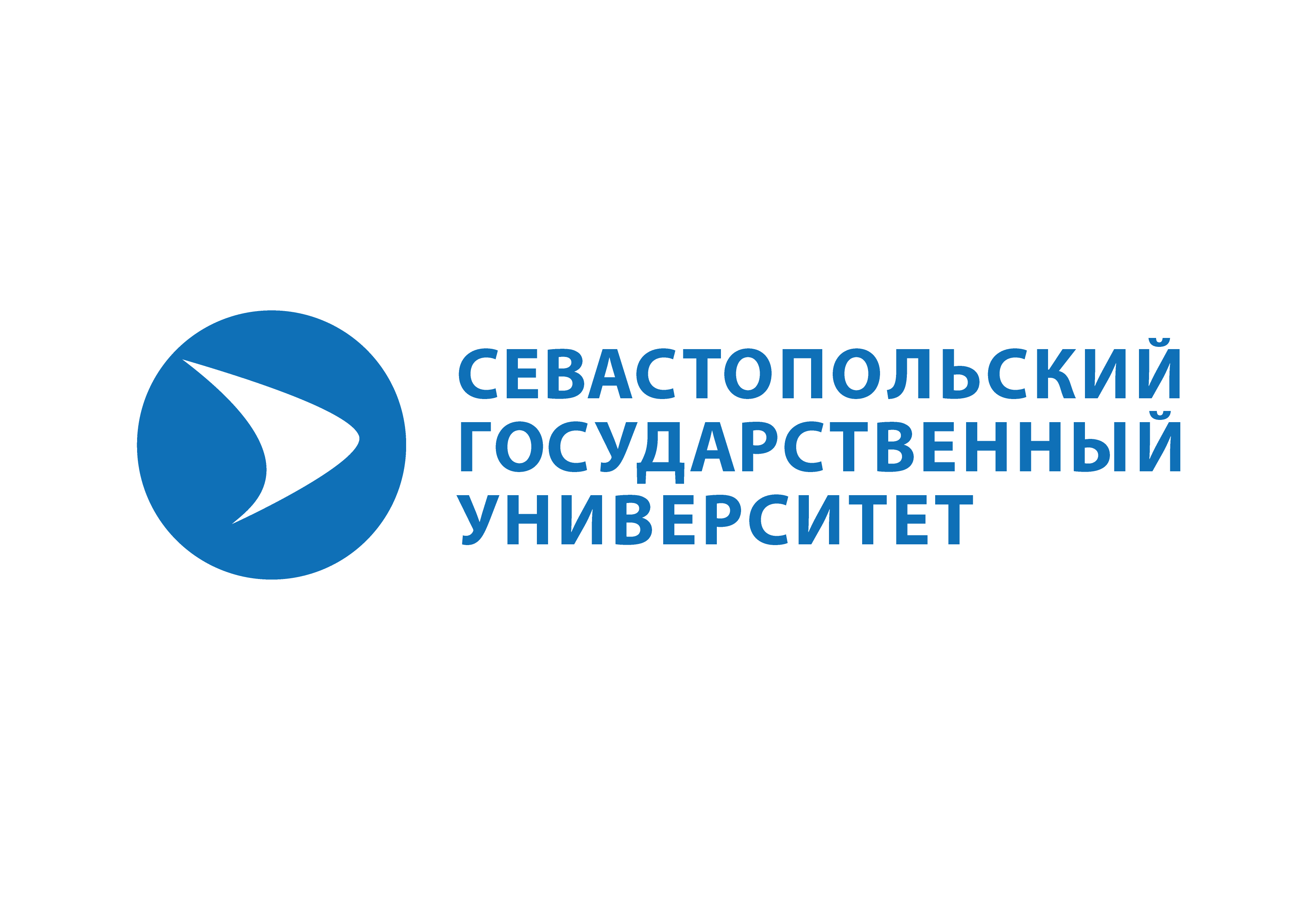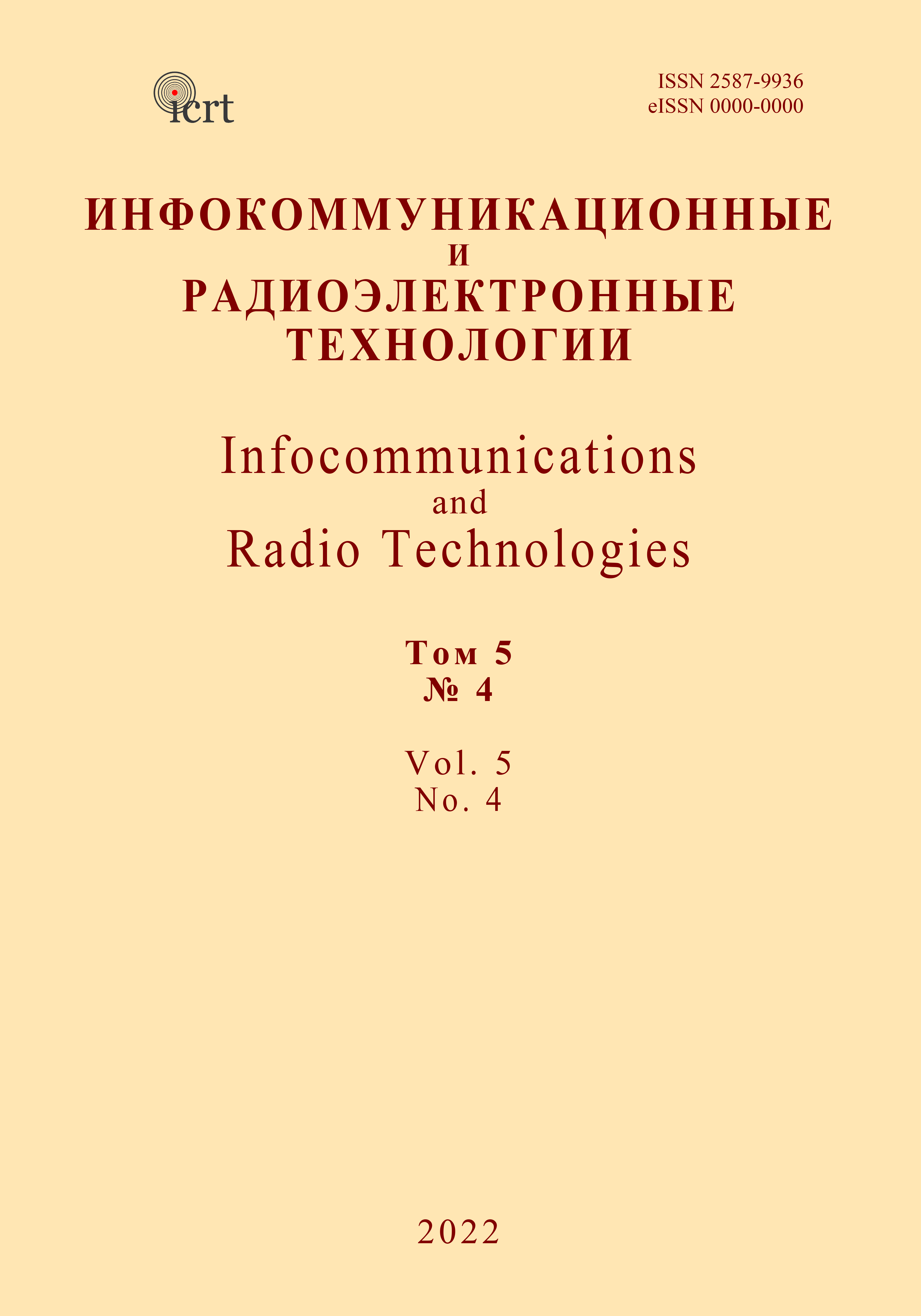Krasnoyarsk, Krasnoyarsk, Russian Federation
Krasnoyarsk, Krasnoyarsk, Russian Federation
The paper considers a synergistic analysis of the physical and physiological nature of electrical processes in the human heart, namely in the most important biosystem – the conduction nervous system of the heart (CNSH), in particular, the heart pacemaker. Currently, promising methods for studying CNSH as an active medium are being actively developed, using the foundations of nonlinear dynamics. Methods for describing active media are widely used in the study of the phenomena of the work of the heart pacemaker, where the active medium is represented as an ensemble of some elements that locally interact with each other. Self-organization in biological systems can be represented on the basis of a non-linear dynamic approach to the description of mechanisms in CNSH, namely, the consideration of P-cells of the pacemaker as a system of coupled non-linear oscillators. Such a synergistic method provides a real basis for modeling the processes of generation and propagation of nerve excitation in the heart using the Fermi–Pasta–Ulam (FPU) “return” theorem and the Kolmogorov–Arnold–Moser (KAM) theorem.
pacemaker, P-cells, automatism, self-organization, self-similarity, autowaves, soliton, n-dimensional torus, Fermi–Pasta–Ulam (FPU) “return” theorem, Kolmogorov–Arnold–Moser (KAM) theorem
1. N. Wiener and A. Rosenblueth, “The mathematical formulation of the problem of conduction of impulses in a network of connected excitable elements, specifically in cardiac muscle,” Arch Inst Cardiol Mex., vol. 16(3), pp. 205-265, 1946.
2. R. FitzHugh, “Impulses and Physiological States in Theoretical Models of Nerve Membrane,” Biophysical Journal, vol. 1, no. 6, pp. 445-466, Jul. 1961, doi:https://doi.org/10.1016/S0006-3495(61)86902-6.
3. A. L. Hodgkin and A. F. Huxley, “A quantative description of membrane current and its application conduction and excitation in nerve,” J. Physiol., pp. 500-544, 1952.
4. H. Zhang, A. V. Holden, and M. R. Boyett, “The pacemaking system of the heart: From coupled oscillators to nonlinear waves,” Nonlinear Analysis: Theory, Methods & Applications, vol. 30, no. 2, pp. 1019-1027, Dec. 1997, doi:https://doi.org/10.1016/s0362-546x(96)00155-1.
5. Nonlinear Dynamics in Physiology and Medicine. Eds A. Beuter et al. NewYork: Springer Verlag Inc., 2003, doi:https://doi.org/10.1007/978-0-387-21640-9.
6. M. E. Mazurov, “The mechanism of establishing a single rhythm of the multipacemaker sinoatrial node,” Biophysics, vol. 35, no. 6, pp. 1001-1006, 1990. (In Russ.).
7. M. E. Mazurov, “Rhythmogenesis in the sinoatrial node of the heart,” Biophysics, vol. 51, no. 6, pp. 1092-1099, 2006. (In Russ.).
8. Clinical arrhythmology, ed. A. V. Ardasheva. Moscow: Medpraktika, 2009. (In Russ.).
9. G. M. Aldonin, “Structural analysis based on the model of self-organization of biostructures,” Journal of radioelectronics, no. 11, 2006, URL: http://jre.cplire.ru/jre/nov06/4/text.html. (In Russ.).
10. Yu. Moser, KAM-theory and stability problems. Izhevsk: Research Center “Regular and Chaotic Dynamics”, 2001. (In Russ.).
11. G. M. Aldonin, V. V. Cherepanov, and O. L. Yarygina, “Self-organization in a system of coupled nonlinear oscillators,” Radiotekhnika, no. 6, pp. 50-54, 2013. (In Russ.).
12. M. Tabor, Chaos and integrability in nonlinear dynamics, Moscow: URSS, 2001. (In Russ.).
13. G. M. Aldonin, “Nonlinear dynamic models and structural analysis of the conduction system of the heart,” Uspekhi sovremennoy radioelektroniki, no. 9, pp. 46-50, 2012. (In Russ.).
14. N. J. Zabusky and M. D. Kruskal, “Interaction of ‘Solitons’ in a Collisionless Plasma and the Recurrence of Initial States,” Physical Review Letters, vol. 15, no. 6, pp. 240-243, Aug. 1965, doi:https://doi.org/10.1103/physrevlett.15.240.
15. G. M. Aldonin, Structural analysis of self-organizing systems, Krasnoyarsk : Siberian Federal University, 2017.










